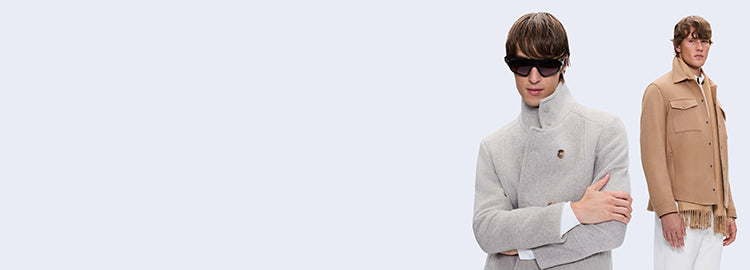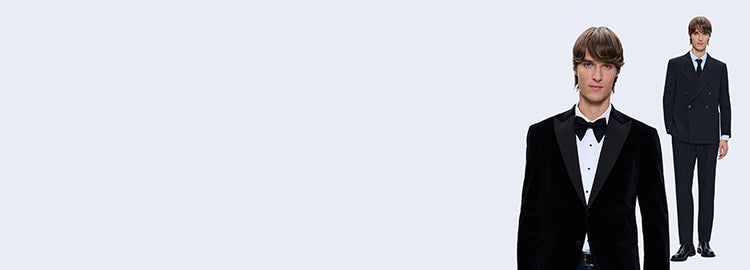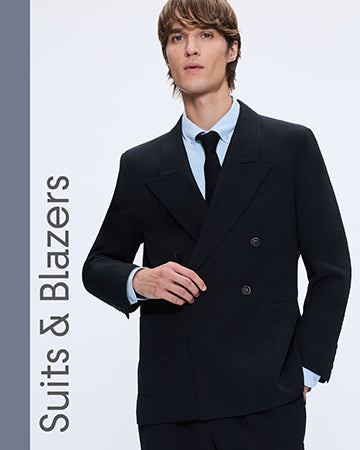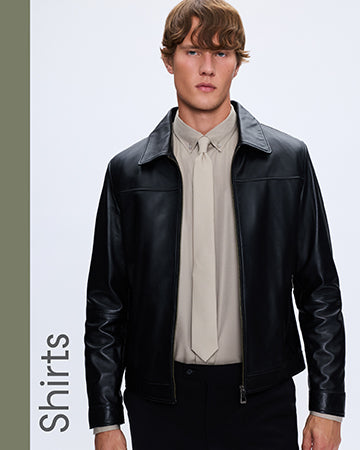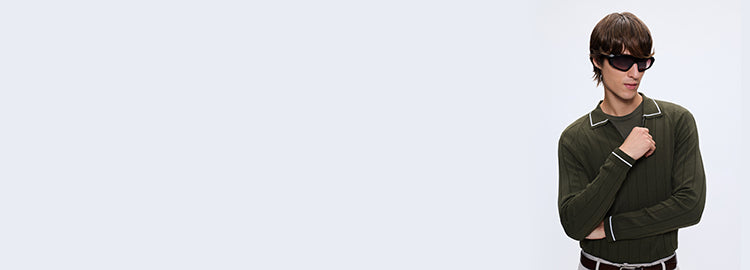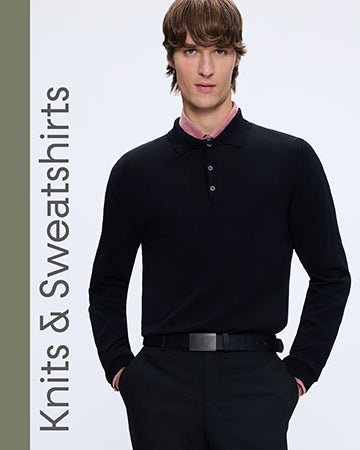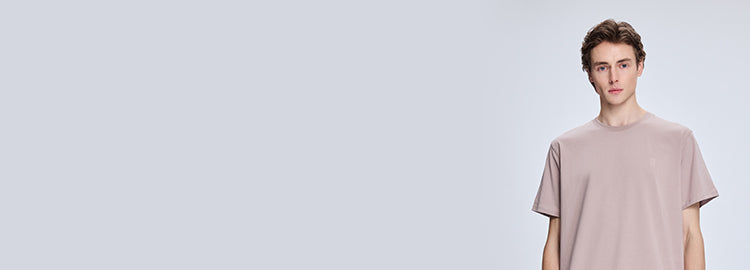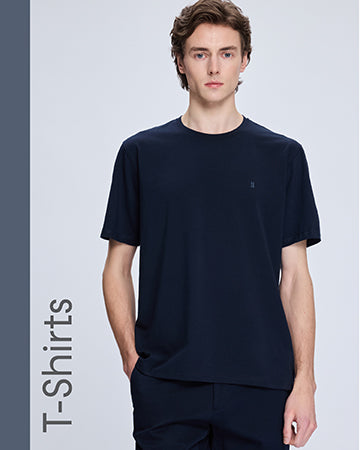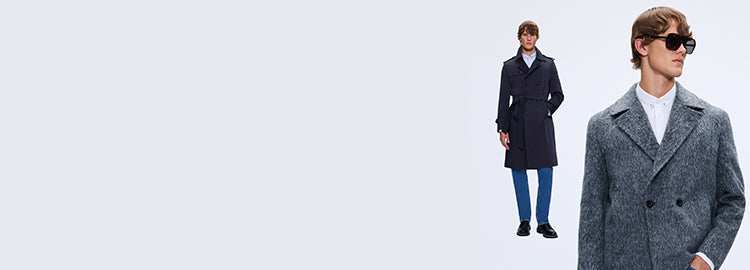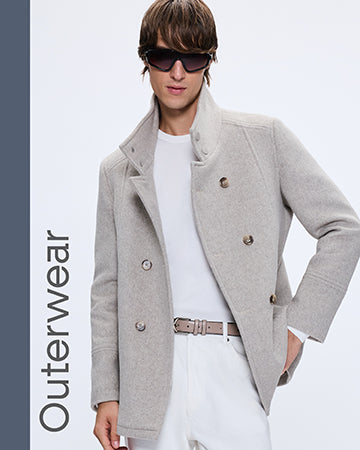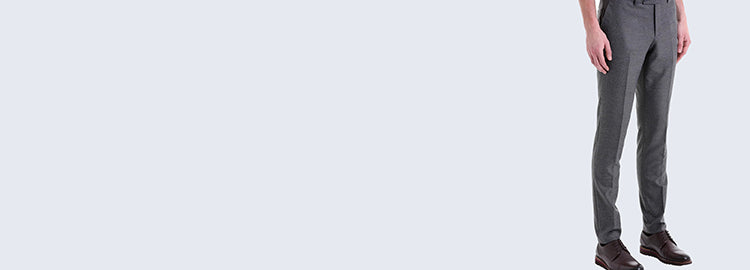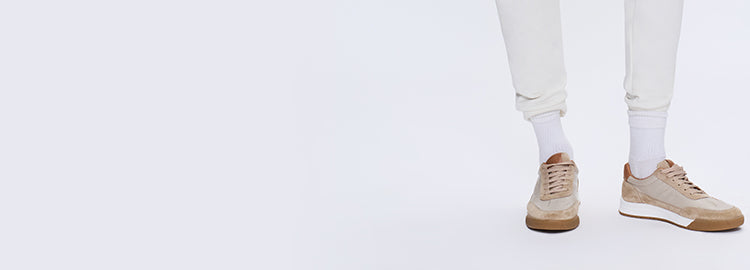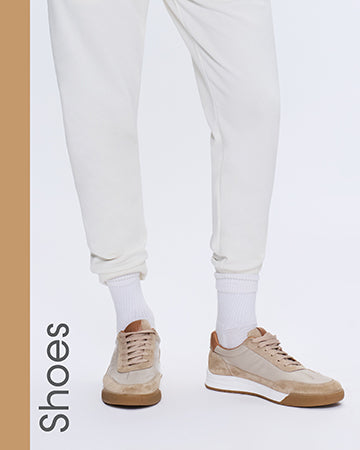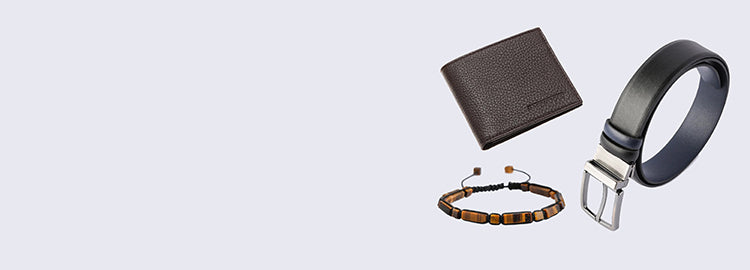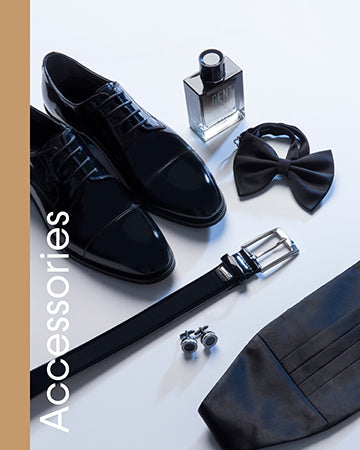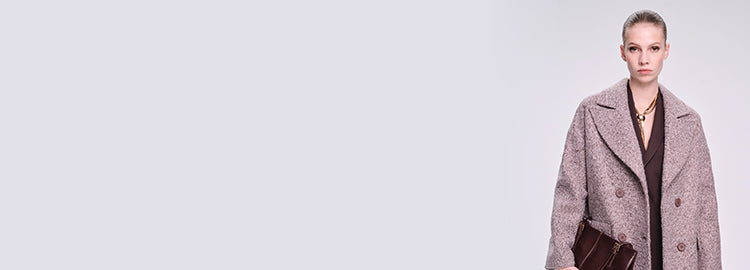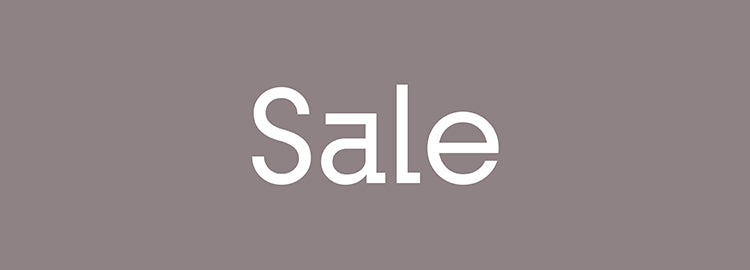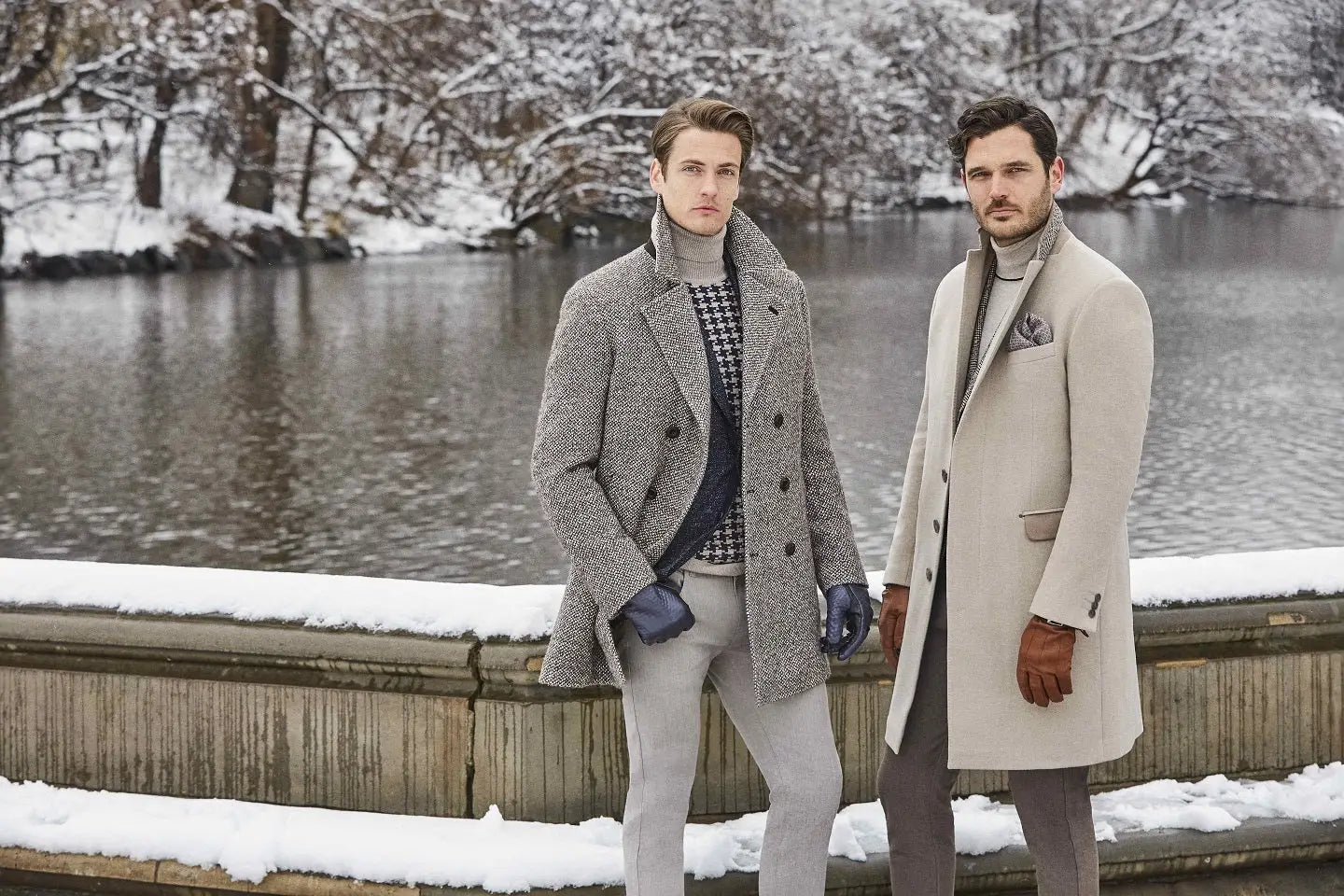
When you step out in the morning, your jacket choice sets the tone for your entire day. Like selecting between dress shoes and sneakers, choosing the right jacket is about balancing form and function. What's the weather like? Will it rain? Are you feeling formal, casual, or somewhere in between? Your jacket is often the first thing people notice and the last thing they remember about your outfit.
But with so many jacket styles available, knowing where to start can feel overwhelming. From timeless classics to modern functional pieces, we've compiled this comprehensive guide to help you navigate the world of men's jackets and find the perfect style for every occasion.
Why Jackets Matter in Men's Style
A well-chosen jacket does more than just keep you warm – it's the cornerstone of your outerwear wardrobe and often the most visible part of your outfit. The right jacket can elevate a simple jeans-and-t-shirt combination into something intentional and polished, while the wrong choice can undermine even the most carefully planned outfit.
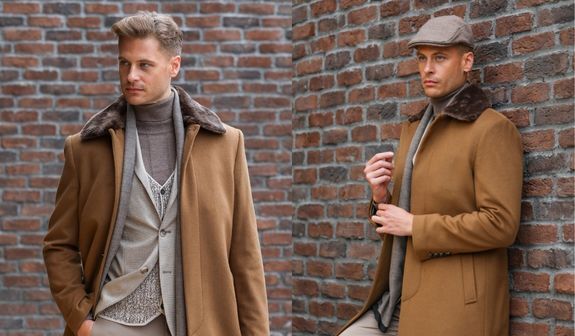
Jackets serve multiple purposes in men's fashion:
- Protection from the elements – wind, rain, cold, and sun
- Style enhancement – adding texture, color, and visual interest
- Versatility – transforming looks from casual to formal
- Confidence boost – nothing beats the feeling of a perfectly fitted jacket
The key is understanding when and how to wear different styles, which starts with knowing your options.
Understanding Jacket Basics
Before diving into specific styles, it's important to understand the fundamentals that separate one jacket type from another. These elements will help you make informed decisions about which jackets belong in your wardrobe.
Fit and Silhouette: Jackets should fit comfortably through the shoulders – this is the one area that's difficult to alter. The body should follow your natural shape without being too tight or too loose, and sleeves should end at your wrist bone.
Length Considerations: Jacket length affects both style and function. Hip-length jackets are most versatile, while longer coats provide more coverage and formal appeal. Very short jackets can make you appear shorter, while overly long ones can overwhelm smaller frames.
Closure Types: Button-up, zip-up, snap closures, and pullovers each serve different purposes and create different aesthetic effects. Consider how easy the jacket is to get on and off, especially for layering.
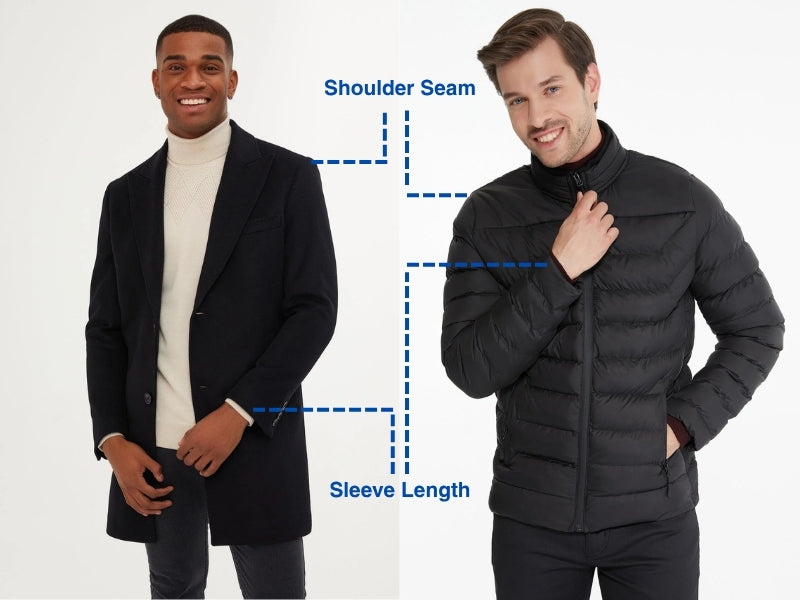
Layering Potential: Some jackets are designed to be worn alone, while others work best as layering pieces. Consider your local climate and how you typically dress when choosing between fitted and relaxed styles.
Fabric and Materials: Choosing the Right Texture
The fabric of your jacket determines not only its appearance but also its functionality, durability, and appropriate seasons for wear.
Natural Fibers:
- Wool: Excellent insulation, naturally water-resistant, and breathable. Perfect for men coat styles and formal wear.
- Cotton: Versatile, comfortable, and easy to care for. Works well for casual jackets and transitional weather.
- Leather: Durable, develops character over time, and provides excellent wind protection. Requires more care but lasts decades.
- Suede: Softer than leather with a luxurious feel, though more delicate and weather-sensitive.
Synthetic Materials:
- Polyester: Lightweight, quick-drying, and affordable. Often used in performance and outdoor jackets.
- Nylon: Strong, water-resistant, and packable. Common in technical and rain jackets.
- Down: Exceptional warmth-to-weight ratio, though loses insulation when wet.
Blended Fabrics: Many modern jackets combine natural and synthetic fibers to maximize benefits while minimizing drawbacks. Cotton-polyester blends offer durability and easy care, while wool-cashmere combinations provide luxury and warmth.
Classic Jacket Styles
These timeless pieces form the foundation of any well-rounded jacket collection. They've stood the test of time because they work across multiple seasons, occasions, and personal styles.
Denim Jacket
The denim jacket, also known as a trucker jacket, is perhaps the most democratic piece of outerwear ever created. Dating back to the late 1800s, it was originally designed for farmers and gold prospectors who needed durable, flexible clothing.
The classic denim jacket features:
- Metal buttons and reinforced stress points
- Two chest pockets with button flaps
- Adjustable side tabs at the waist
- Characteristic V-shaped yoke on the back
Modern denim jackets come in various washes from light blue to deep indigo and black. The key to wearing denim well is avoiding the "Canadian tuxedo" – try to ensure your jacket and jeans are different shades or styles.
Styling Tips:
- Layer over hoodies or sweaters for added warmth
- Roll up sleeves for a more casual, lived-in look
- Pair with chinos instead of jeans for variety
- Choose raw denim for a jacket that will develop unique fading patterns
Leather Jacket
Few pieces of clothing carry as much instant style credibility as a leather jacket. From Marlon Brando in "The Wild One" to modern street style icons, the leather jacket represents rebellion, confidence, and timeless cool.
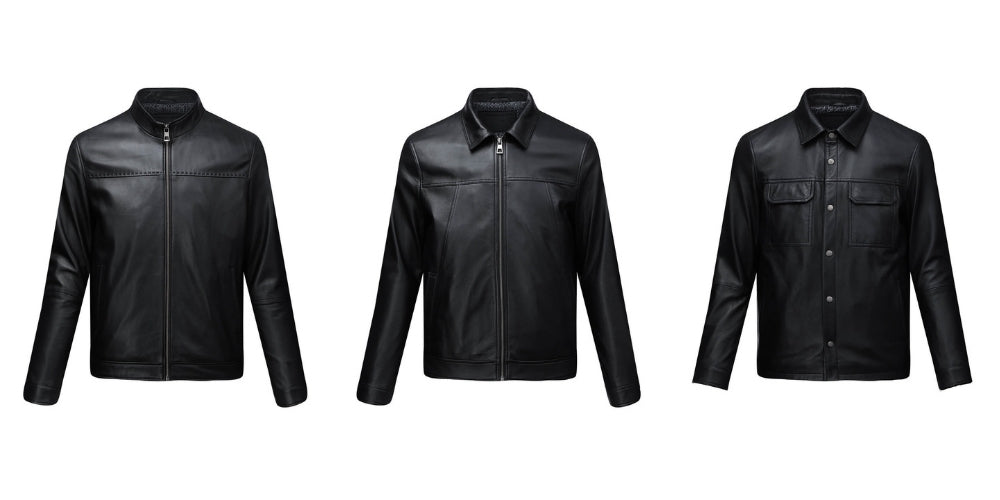
Types of Leather Jackets:
- Double Rider: Asymmetrical zipper, wide lapels, multiple pockets
- Racer/Café Racer: Minimal design, straight zipper, trim fit
- Bomber: Ribbed cuffs and hem, baseball jacket silhouette
- Blazer Style: Structured shoulders, button closure, formal appearance
Quality leather will last for decades and develop a beautiful patina over time. Look for full-grain leather from reputable manufacturers, and expect to pay for quality – a good leather jacket is an investment piece.
Care and Maintenance:
- Store on padded hangers to maintain shape
- Condition leather annually with appropriate products
- Avoid excessive moisture and direct heat
- Professional cleaning for deep stains or odors
Trench Coat
The trench coat epitomizes British elegance and practical sophistication. Originally designed for military officers in World War I, it has become a symbol of refined style worn by everyone from Humphrey Bogart to modern business executives.
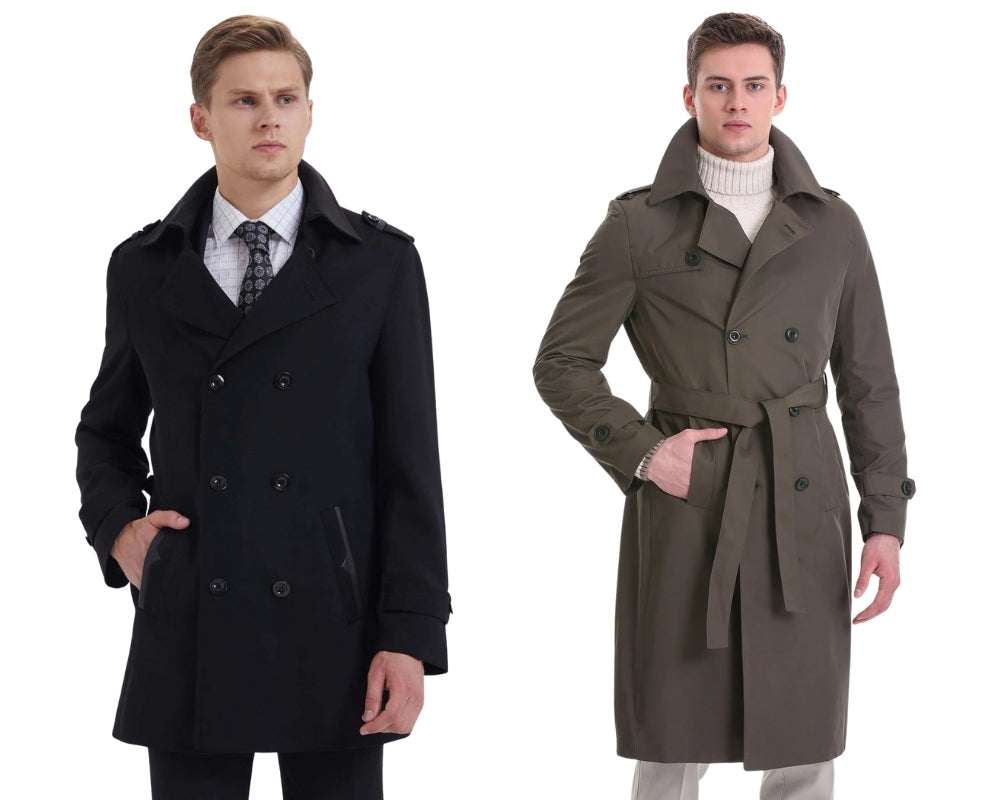
Classic Trench Features:
- Double-breasted button closure
- Wide lapels and storm flap
- Belted waist with D-rings
- Shoulder epaulettes and gun flap
- Back vent for ease of movement
- Water-resistant gabardine fabric
The trench coat works equally well over suits for business or with jeans for weekend wear. Choose neutral colors like khaki, navy, or black for maximum versatility.
Sizing Considerations: Trench coats should have enough room to layer over suits or heavy sweaters. The hem should hit mid-thigh to just above the knee for the most flattering proportions.
Bomber Jacket
Originally created for military pilots, the bomber jacket has evolved into one of the most versatile casual jackets available. Its streamlined silhouette and comfortable fit make it perfect for everything from grocery runs to dinner dates.
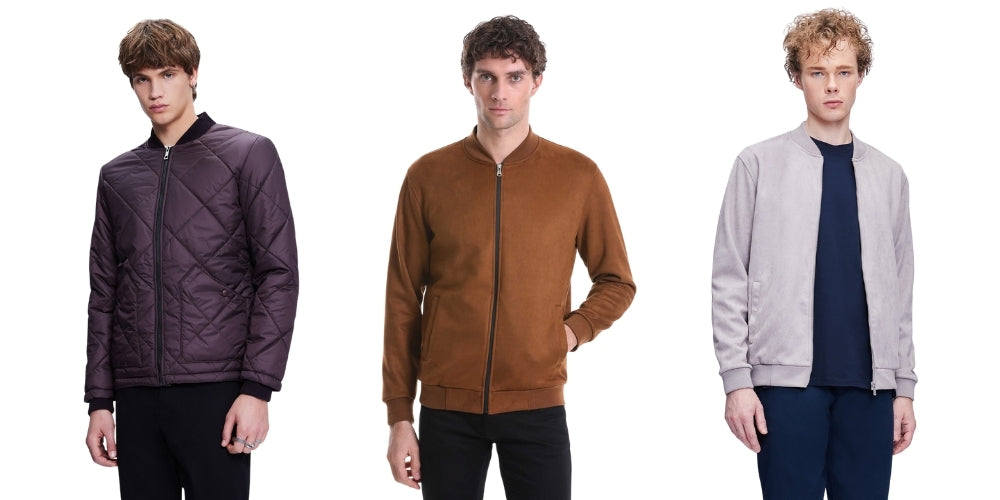
Modern Bomber Characteristics:
- Ribbed cuffs, hem, and collar
- Front zip closure
- Relaxed fit through the body
- Usually hip-length or slightly shorter
- Available in various materials from nylon to wool
The bomber's athletic heritage makes it naturally complement casual outfits, but it can also add a contemporary edge to more formal looks when styled thoughtfully.
Fabric Options:
- Nylon: Lightweight, water-resistant, classic military aesthetic
- Cotton: More breathable, casual appearance
- Wool: Warmer, more refined look
- Silk: Luxurious feel, often reversible
Overcoat / Topcoat
The overcoat men wear represents the pinnacle of formal outerwear. Designed to be worn over suits, these longer coats provide warmth and sophistication for business and formal occasions.
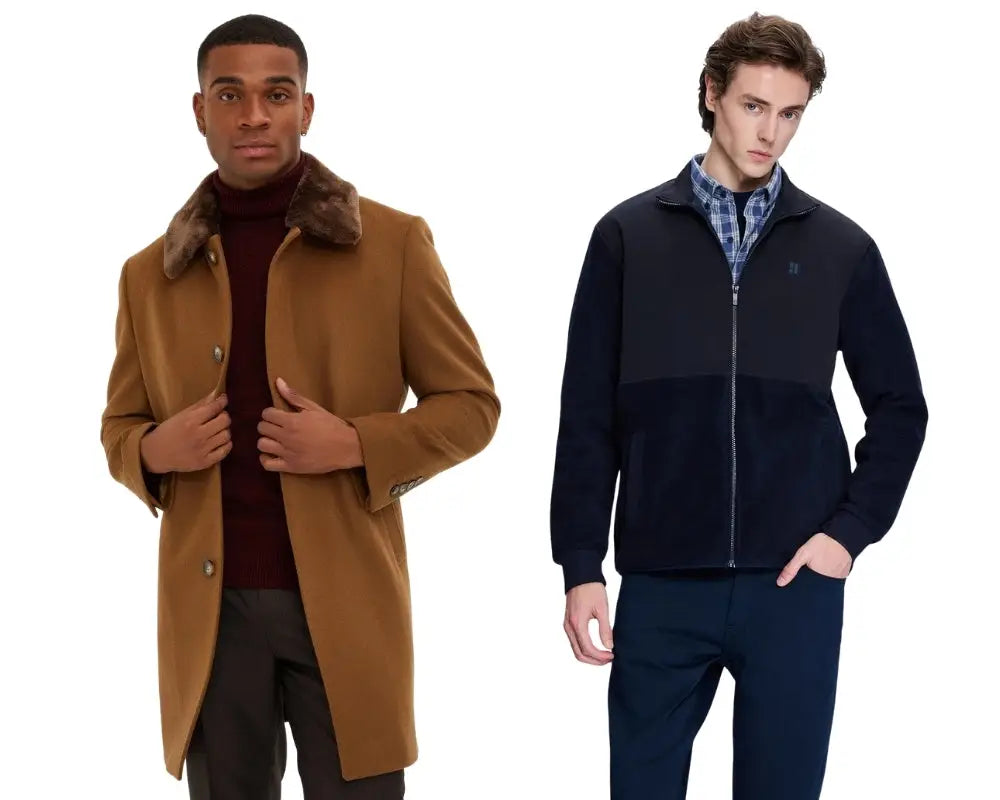
Overcoat vs. Topcoat:
- Overcoat: Longer length (mid-thigh to knee), heavier fabrics, maximum warmth
- Topcoat: Shorter length (hip to mid-thigh), lighter fabrics, spring/fall wear
Essential Features:
- Single or double-breasted closure
- Notched or peaked lapels
- Interior chest and side pockets
- Back vent or side vents
- Optional belt or half-belt
Choose classic colors like navy, charcoal, or camel for maximum versatility. A well-made men's long coat in one of these shades will work with virtually any formal outfit.
| Coat Style | Best Occasions | Recommended Outfits |
|---|---|---|
| Single-Breasted Overcoat | Business meetings, formal events, daily commute | Navy suit + white shirt + silk tie Charcoal suit + light blue shirt Wool sweater + dress pants |
| Double-Breasted Overcoat | Executive meetings, formal dinners, special occasions | Three-piece suit + pocket square Double-breasted suit + tie Tuxedo (for evening events) |
| Camel Hair Coat | Weekend outings, casual business, brunch meetings | Navy blazer + chinos + loafers Sweater + wool pants + boots Business casual with scarf |
| Wool Topcoat | Spring/fall weather, travel, transitional seasons | Light sweater + trousers Shirt + blazer + chinos Polo + jacket + jeans (casual) |
| Cashmere Overcoat | High-end business, luxury events, important presentations | Premium suit + Italian leather shoes Cashmere sweater + wool trousers Fine knit + dress shirt + tie |
| Ulster Coat | Cold weather, outdoor events, traditional settings | Heavy suit + wool scarf + gloves Thick sweater + corduroys Traditional country wear |
Modern & Functional Jackets
Today's lifestyle demands jackets that perform as well as they look. These modern styles prioritize functionality while maintaining style, perfect for active lifestyles and unpredictable weather.
Puffer Jacket
The puffer jacket represents the marriage of function and fashion in modern outerwear. Once purely utilitarian, today's puffer jackets come in sleek silhouettes that work in both urban and outdoor environments.
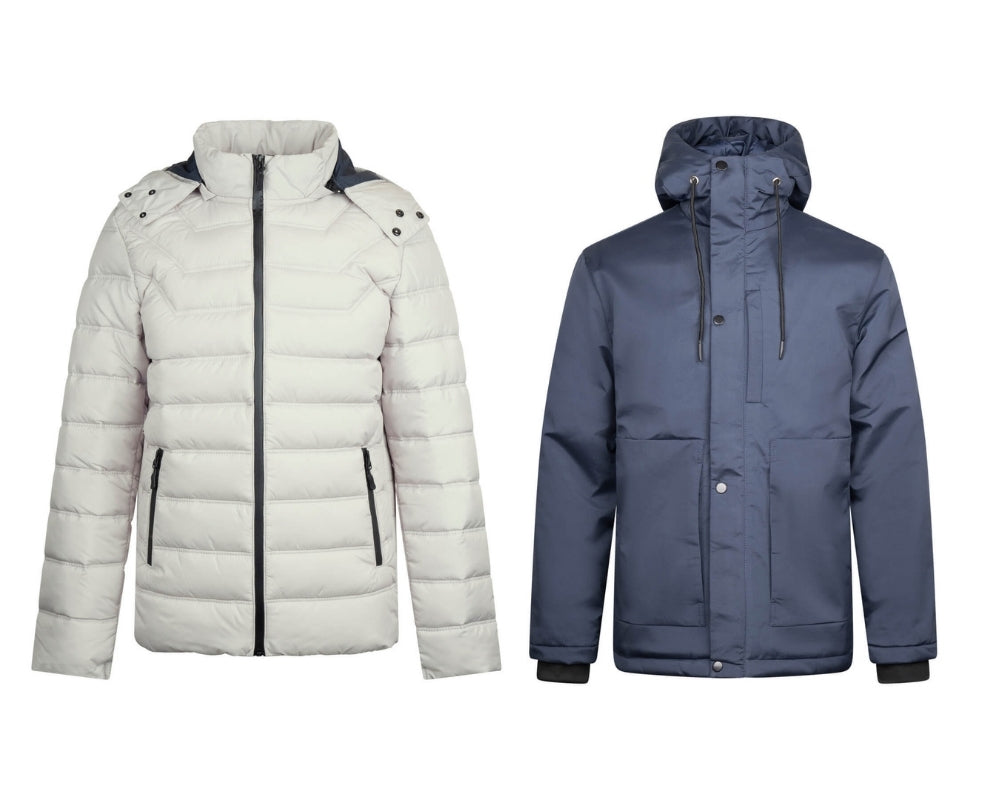
Insulation Types:
- Down: Superior warmth-to-weight ratio, highly compressible
- Synthetic: Maintains insulation when wet, hypoallergenic, easier care
- Hybrid: Combines both for optimal performance
Modern Features:
- Packable designs that compress into their own pocket
- Water-resistant outer shells
- Adjustable hoods and cuffs
- Interior media pockets
- Articulated sleeves for better movement
Look for puffer jackets with down ratings between 550-800 fill power for the best balance of warmth and weight. Higher numbers indicate better insulation properties.
See also : 5 Styling Tips for Creating Outfits with Padded Coats
Raincoat & Windbreaker
When the weather turns nasty, you need outerwear that actually works. Modern rain jackets have come a long way from the yellow slickers of the past, offering sophisticated style alongside serious weather protection.
Key Technologies:
- Waterproof/Breathable Membranes: Gore-Tex, eVent, proprietary fabrics
- DWR Coatings: Durable Water Repellent treatments on outer fabric
- Sealed Seams: Prevent water penetration at stitching points
- Ventilation Systems: Pit zips, back vents for temperature regulation
Style Considerations:
- Packable Rain Jackets: Lightweight, compressible, great for travel
- Urban Rain Coats: Longer length, more refined appearance
- Technical Shell Jackets: Maximum protection for serious outdoor use
Don't sacrifice function for style – a soaking wet jacket defeats the purpose regardless of how good it looks.
Parka
When winter gets serious, you need serious protection. The parka, originally created by Arctic peoples from animal skins, remains the ultimate cold-weather jacket for extreme conditions.
Essential Parka Features:
- Extended length for maximum coverage
- Insulated hood, often with fur or faux fur trim
- Multiple pockets with storm flaps
- Two-way front zipper
- Adjustable waist and hem
- Wind-resistant outer shell
Insulation Options:
- Down: Warmest option, compressible but sensitive to moisture
- Synthetic: Consistent performance in wet conditions
- Wool: Natural insulation with odor resistance
Choose parkas based on your climate's coldest temperatures. Look for temperature ratings and consider layering options for versatility.
Fleece & Sherpa Jackets
Fleece jackets occupy the sweet spot between sweaters and jackets, offering warmth without bulk. Modern fleece has evolved far beyond the basic outdoor gear of the 1990s.
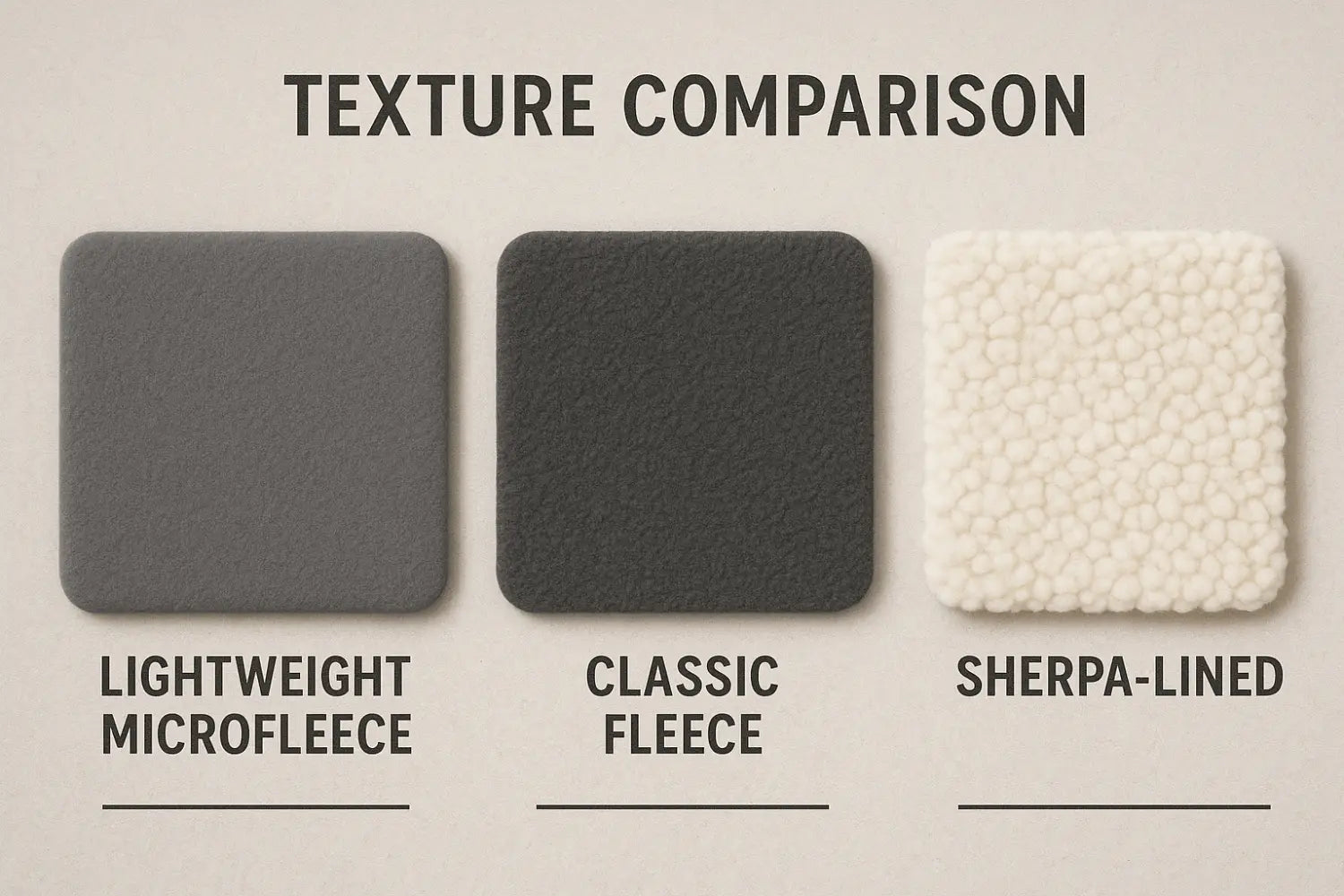
Fleece Weights:
- Micro Fleece (100 weight): Lightweight layering piece
- Classic Fleece (200 weight): Versatile mid-layer or light jacket
- Heavy Fleece (300+ weight): Maximum warmth for cold conditions
Modern Fleece Features:
- Anti-pill treatments for durability
- Moisture-wicking properties
- Wind-resistant panels
- Stylish cuts and colors
- Hybrid constructions with other materials
Fleece jackets work well for casual outdoor activities, layering under shells, or as comfortable weekend wear around town.
Transitional & Spring Jackets
These lighter jackets bridge the gap between seasons, perfect for unpredictable spring weather or cool summer evenings when you need just a touch of extra coverage.
Suede Jacket
Suede offers the durability and style of leather with a softer, more casual aesthetic. The napped finish gives suede jackets a luxurious texture that works equally well with jeans or dress pants.
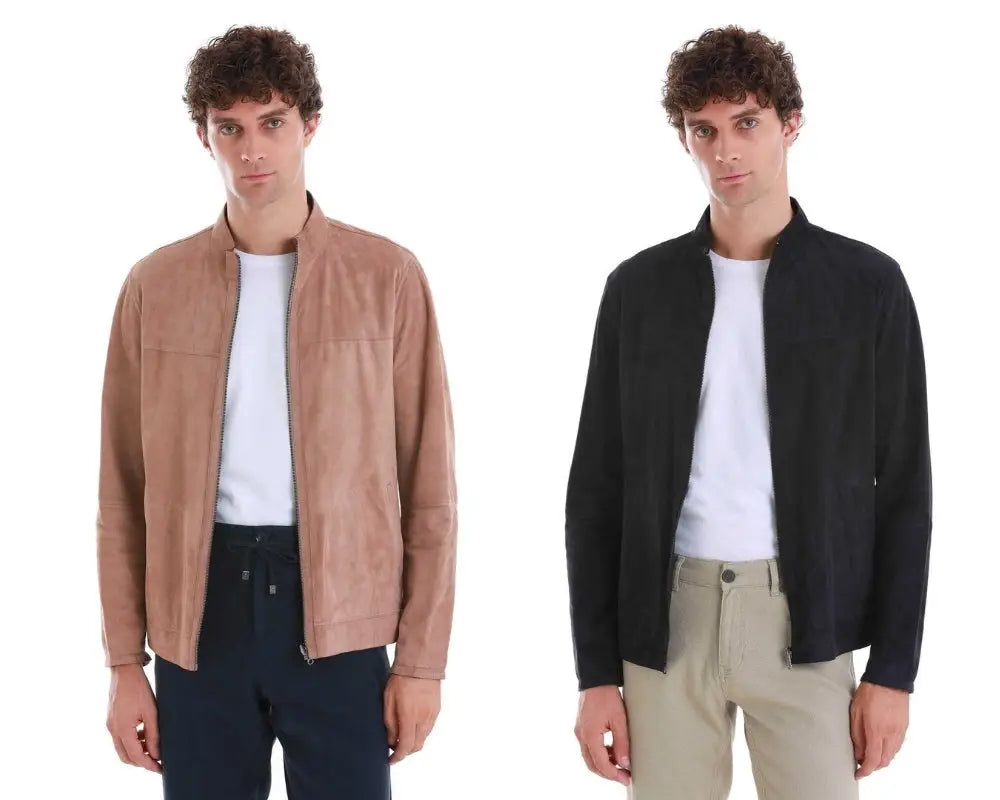
Suede Advantages:
- Softer hand feel than smooth leather
- More breathable than regular leather
- Develops beautiful patina over time
- Works well in transitional temperatures
- Flattering on various body types
Care Considerations:
- More delicate than regular leather
- Requires special suede brushes and cleaners
- Protect from water and stains
- Professional cleaning recommended
- Store carefully to prevent crushing
Choose earth tones like tan, brown, or olive for maximum versatility, or consider navy or gray for a more contemporary look.
Safari Jacket
The safari jacket brings adventure-inspired style to everyday wear. Originally designed for African expeditions, it combines practical features with a distinctive aesthetic that works well in urban environments.
Safari Jacket Features:
- Four front pockets (two chest, two waist)
- Button-through front closure
- Self-belt or back belt
- Shoulder epaulettes
- Usually unlined for breathability
- Often made from cotton canvas or linen
Modern Interpretations:
- Refined fits for contemporary styling
- Updated fabrics including technical materials
- Neutral colors for versatility
- Simplified pocket arrangements
- Improved construction techniques
The safari jacket works best in spring and summer, paired with chinos, linen pants, or even shorts for a relaxed but polished look.
Field Jacket
The field jacket perfectly marries military functionality with civilian style. Originally designed for soldiers, it has become a cornerstone of casual menswear thanks to its practical features and timeless design.
Classic Field Jacket Elements:
- Four exterior pockets with button or snap closures
- Hidden hood that zips into collar
- Adjustable waist tabs
- Durable cotton-nylon blend fabric
- Boxy, relaxed fit for layering
Modern Variations:
- Slimmer cuts for contemporary styling
- Updated fabrics including waxed cotton
- Refined details like contrast stitching
- Seasonal colors beyond military green
- Premium versions in luxury materials
The field jacket's numerous pockets make it incredibly practical, while its heritage gives it authentic style that works across multiple occasions.
Chore Jacket / Worker Jacket
Born from American workwear tradition, the chore jacket brings blue-collar authenticity to modern wardrobes. Its sturdy construction and unpretentious style make it perfect for both actual work and casual wear.
Traditional Chore Jacket Features:
- Boxy, workwear-inspired fit
- Multiple front pockets
- Sturdy construction with reinforced stress points
- Natural fabrics like cotton canvas or denim
- Minimal styling details
- Hip-length proportions
Styling Applications:
- Weekend casual wear
- Layering over hoodies or sweaters
- Outdoor activities and yard work
- Relaxed office environments
- Travel and vacation wear
The chore jacket's utilitarian roots make it inherently casual, but quality versions can be dressed up slightly with the right styling.
Overshirt / Shirt Jacket
The overshirt blurs the line between shirts and jackets, creating a versatile layering piece that's lighter than a jacket but more substantial than a regular shirt.
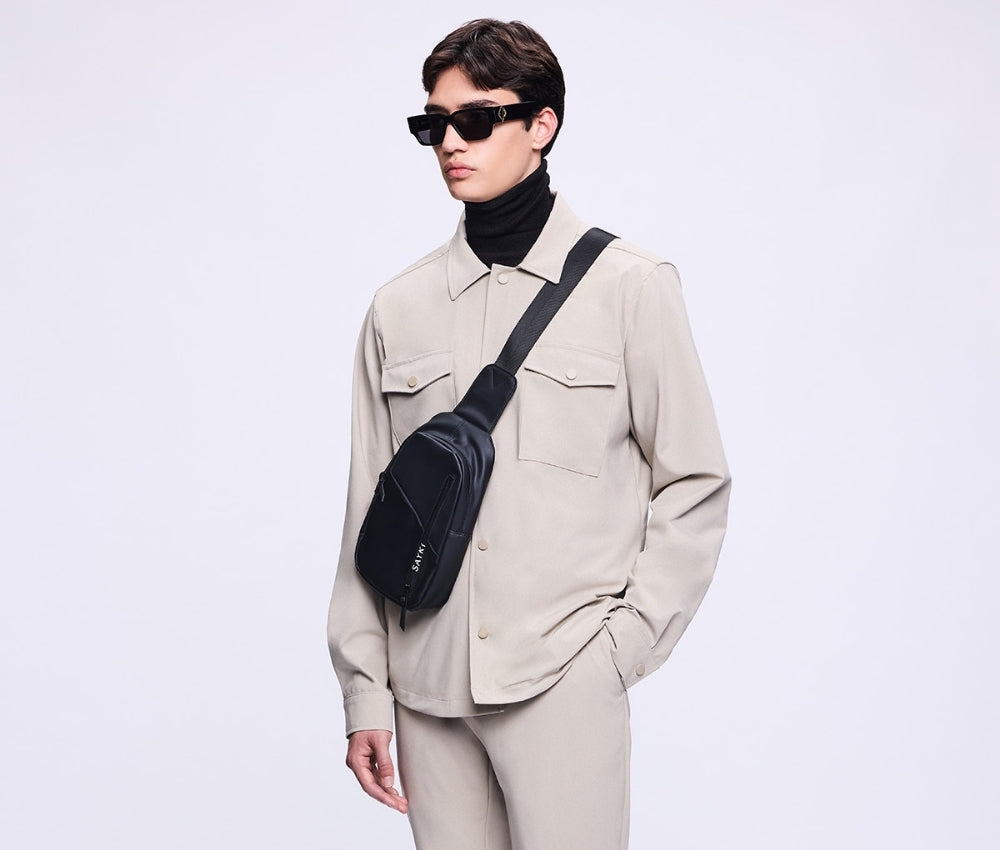
Overshirt Characteristics:
- Shirt-like construction and styling
- Heavier fabrics than regular shirts
- Often unlined for flexibility
- Button or snap closure
- Chest and sometimes hand pockets
- Relaxed fit for layering
Fabric Options:
- Cotton Canvas: Structured, durable
- Flannel: Soft, warm, casual
- Corduroy: Textured, retro appeal
- Wool: Warm, sophisticated
- Technical Fabrics: Modern, performance-oriented
Overshirts work exceptionally well for transitional weather and can substitute for light jackets in milder climates.
Styling Tips & Matching Jackets to Occasions
Understanding when and how to wear different jacket styles is crucial for building a functional wardrobe. Here's how to match your jacket choice to various occasions and settings.
Business Professional:
- Overcoat men prefer for formal meetings
- Navy or charcoal wool options work best
- Should accommodate suit jackets underneath
- Classic styles like single-breasted topcoats
- Pair with dress shoes and scarf for complete look
Business Casual:
- Blazers for versatility
- Field jackets for creative environments
- Quality bomber jackets in refined materials
- Harrington jackets for preppy settings
- Leather jackets for more relaxed offices
Weekend Casual:
- Denim jackets for versatility
- Flannel overshirts for comfort
- Chore coats for practicality
- Fleece jackets for outdoor activities
- Canvas jackets for durability
Evening Out:
- Leather jackets for edge
- Suede jackets for sophistication
- Well-fitted bomber jackets
- Quality denim jackets in dark washes
- Blazers for upscale venues
Outdoor Activities:
- Technical shells for weather protection
- Fleece jackets for warmth
- Packable down jackets for travel
- Field jackets for durability
- Parkas for extreme conditions
Layering Strategies: Understanding how to layer jackets effectively extends their versatility and your comfort range. Start with base layers, add insulating layers, and top with weather protection as needed.
Jacket Care and Maintenance
Proper care extends the life of your jackets and keeps them looking their best. Different materials require different approaches, but some principles apply universally.
General Care Guidelines:
- Proper Storage: Use quality hangers that support shoulders
- Regular Cleaning: Address stains promptly, follow care labels
- Rotation: Don't wear the same jacket daily
- Climate Control: Store in cool, dry places
- Professional Care: Some materials require expert cleaning
Material-Specific Care:
Leather Jackets:
- Condition annually with appropriate leather conditioner
- Store on padded hangers away from direct heat
- Professional cleaning for deep stains
- Allow to air dry if wet, never use direct heat
Wool Coats:
- Professional dry cleaning recommended
- Cedar hangers help prevent moths
- Brush regularly to remove surface dirt
- Store with cedar blocks or lavender sachets
Cotton/Canvas Jackets:
- Machine washable in most cases
- Air dry to prevent shrinkage
- Iron while slightly damp for best results
- Treat stains quickly to prevent setting
Technical Fabrics:
- Follow manufacturer instructions carefully
- Use technical wash products when specified
- Avoid fabric softeners that can affect performance
- Re-treat DWR coatings periodically
Down Jackets:
- Wash in front-loading machines when needed
- Use down-specific detergents
- Dry thoroughly with tennis balls to restore loft
- Store uncompressed when possible
Seasonal Storage: At the end of each season, clean jackets before storing. This prevents stains from setting and deters insects. Store in breathable garment bags, never plastic, and check periodically for any issues.
Repair and Alteration: Quality jackets can often be altered for better fit or repaired when damaged. Find reputable tailors who understand different materials and construction methods. Sometimes a professional repair is worth more than replacing the entire jacket.
Investment Perspective: Well-made jackets from quality manufacturers can last decades with proper care. Consider the cost-per-wear when evaluating jacket purchases – a more expensive jacket that lasts 20 years often provides better value than cheap alternatives that need frequent replacement.
Understanding proper care techniques helps you make informed decisions about which jackets are worth investing in and ensures your outerwear collection remains functional and stylish for years to come.
The right jacket can transform not just your outfit, but your confidence and comfort throughout the day. By understanding the different styles available and how to care for them properly, you can build a versatile collection that serves you well in any situation. Remember, the best jacket is one that fits your lifestyle, climate, and personal style – invest in quality pieces that you'll reach for again and again.

